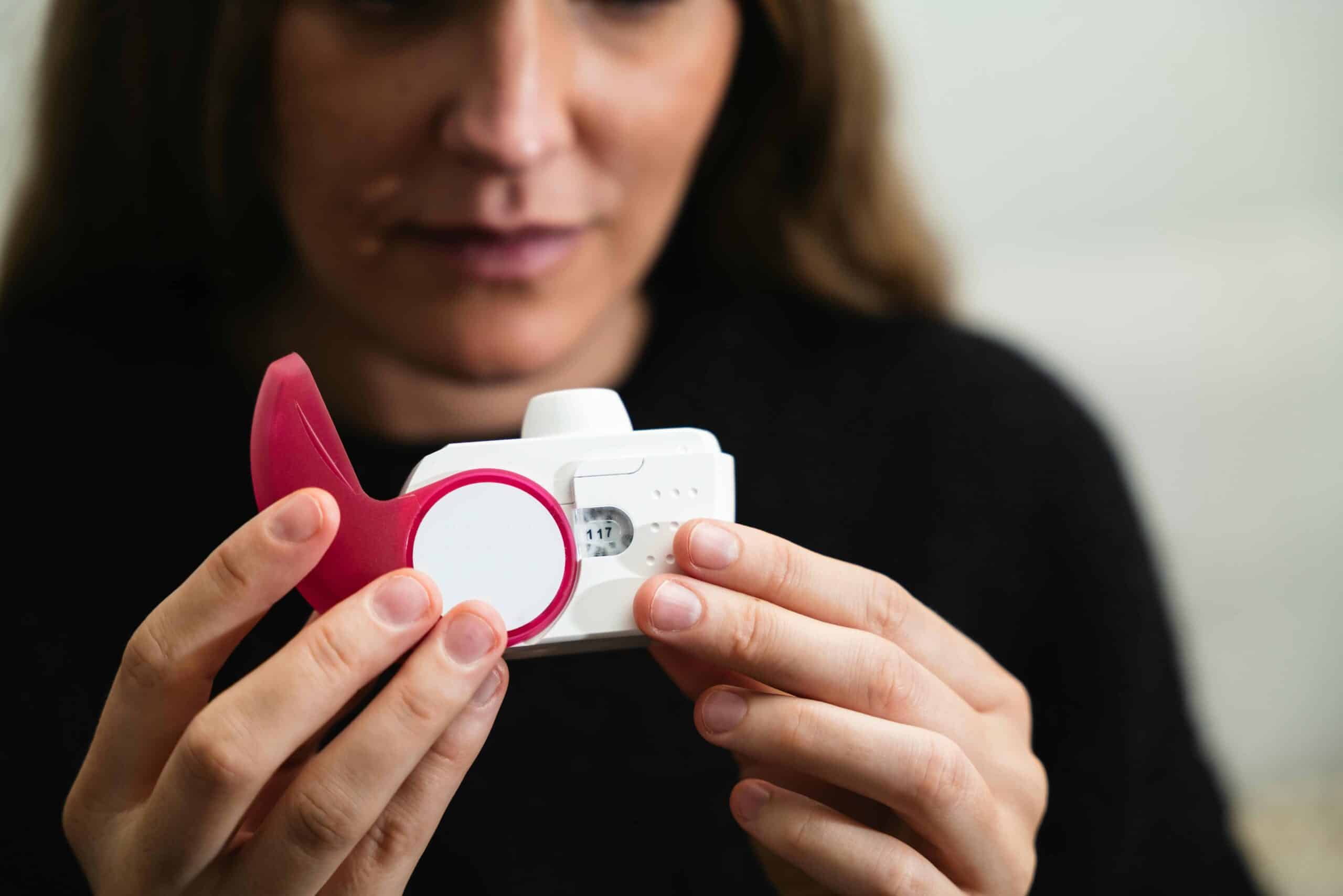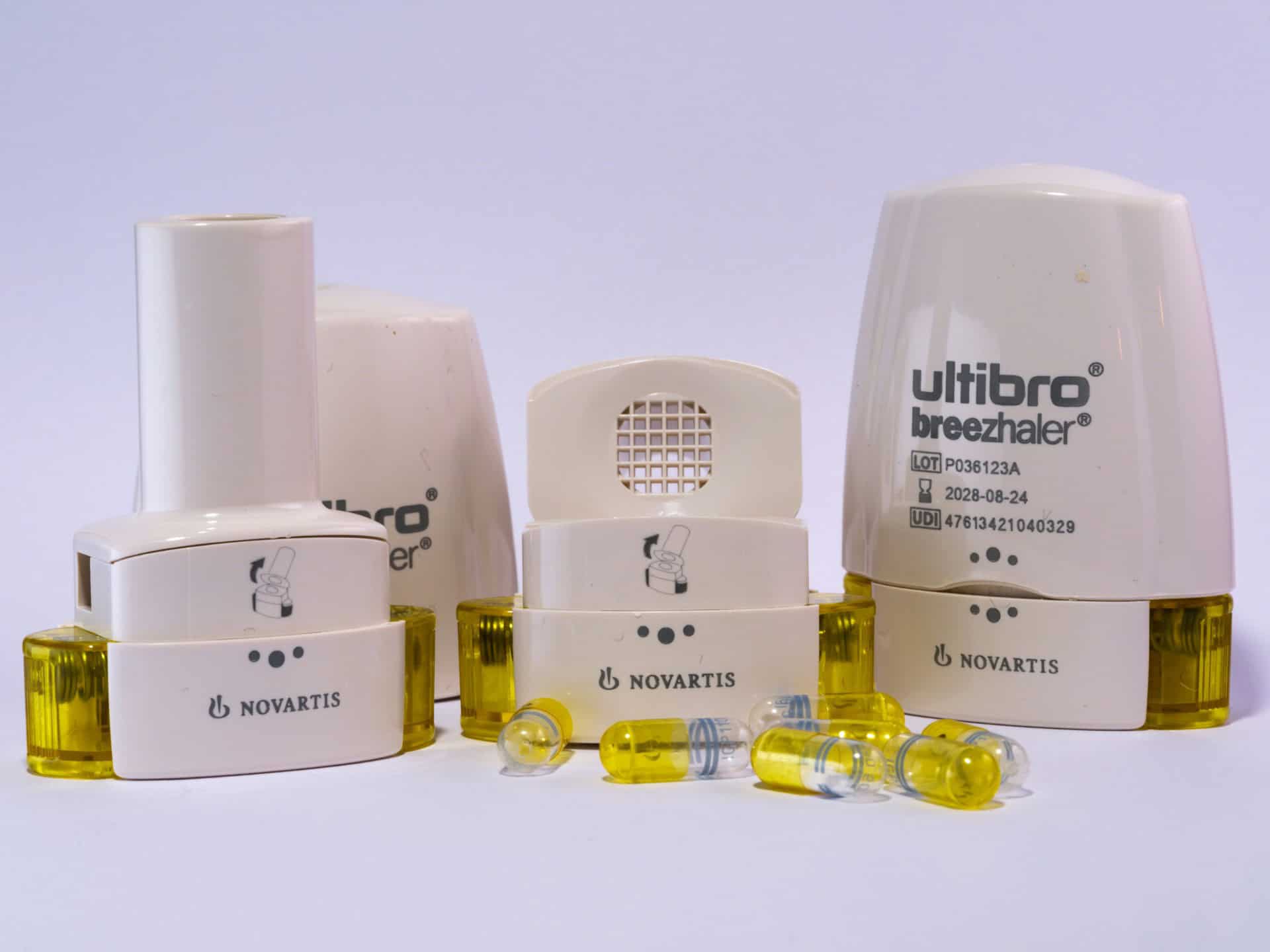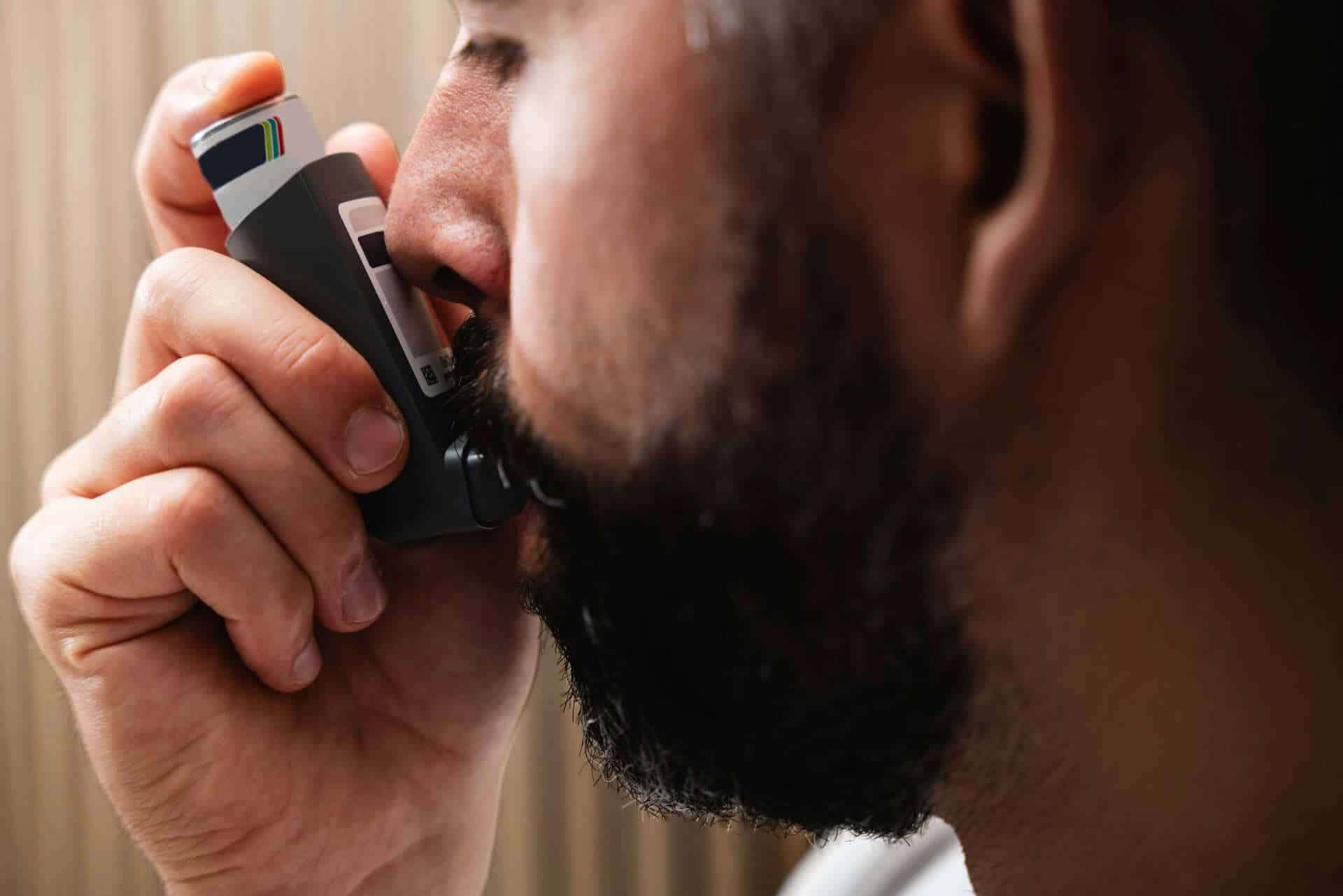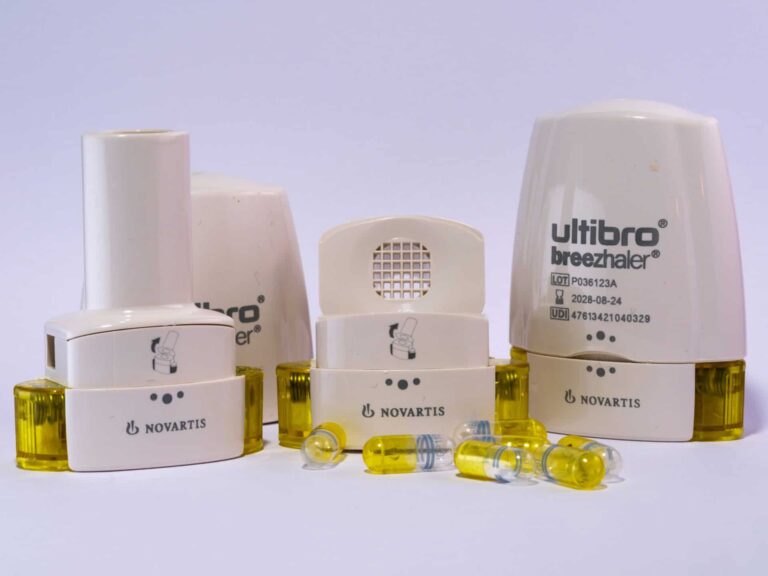If you’ve recently been prescribed an inhaler, you might feel a little unsure about where to start. With so many types, names, and techniques out there, it’s easy to feel overwhelmed.
Don’t worry — this guide will help you understand the different types of inhalers, how they work, and how to use them correctly, whether you’re managing asthma, COPD, or traveling abroad.
What Is an Inhaler?

An inhaler is a small device that delivers medication directly into your lungs. It’s one of the fastest and most effective ways to control breathing problems — because it gets the medicine exactly where it’s needed.
Unlike tablets or syrups, which must go through your digestive system first, inhalers work within minutes and use much smaller doses.
There are two main types of inhaler:
- Rescue inhalers: For quick relief during flare-ups.
- Maintenance inhalers: Used daily to prevent symptoms.
Rescue vs. Maintenance Inhalers
Before diving into the different devices, it helps to understand when to use them.
- Rescue inhalers (also called “relievers”) act fast to open your airways when you’re short of breath or wheezing.
- Maintenance inhalers are taken daily to reduce inflammation and prevent flare-ups.
If you find yourself reaching for your rescue inhaler often, it might be a sign you need to adjust your treatment — talk to your doctor about it.
Types of Inhalers

Inhalers come in different shapes and styles, but they all do the same job: deliver medicine straight to your lungs. Choosing the right one depends on your condition, coordination, and comfort level.
Metered-Dose Inhaler (MDI)
This is the most common type. It uses a pressurized canister to release a measured puff of medicine.
- Works quickly and effectively
- Often used with a spacer (especially for kids or older adults)
- Shake before each use
Dry Powder Inhaler (DPI)
Instead of a spray, this type delivers medication as a dry powder that you inhale deeply.
- Activated by your breath — no pressing needed
- Compact and propellant-free
- Must be kept dry to work properly
Soft Mist Inhaler (SMI)
This type releases a slow, gentle mist that’s easier to breathe in.
- Doesn’t require strong inhalation
- Great for people who find MDIs tricky to coordinate
- Often preferred by older adults
What Medication Is Used in Inhalers?
Inhalers can contain one or more types of medication.
- Bronchodilators: Relax tight airway muscles to make breathing easier (e.g., albuterol).
- Corticosteroids: Reduce inflammation to prevent future flare-ups (e.g., fluticasone).
- Combination inhalers: Contain both, ideal for chronic conditions like COPD or severe asthma.
Always follow your doctor’s advice on which type is right for you — self-adjusting doses can make symptoms worse.
How to Use an Inhaler

Getting the technique right ensures your medication actually reaches your lungs.
Step-by-Step Guide
- Shake your inhaler (if it’s an MDI).
- Exhale fully before using it.
- Place the mouthpiece between your lips and seal tightly.
- Press or activate the inhaler while breathing in deeply.
- Hold your breath for 5–10 seconds.
- Wait a minute between puffs if needed.
- Rinse your mouth afterward (especially with steroid inhalers).
Even small mistakes — like breathing too fast or forgetting to shake the canister — can reduce effectiveness, so take your time.
Benefits of Using an Inhaler
- Delivers medicine directly to your lungs.
- Works within minutes.
- Fewer side effects compared to oral medications.
- Small and portable for on-the-go relief.
How Many Puffs Is Too Many?
In general, you should use the inhaler as much as doctor advises is safe. If you’re using it more than 4 times every 24 hours, then it’s a good idea to see your doctor and make sure everything’s okay.
Common Mistakes When Using an Inhaler
Even long-time users can get technique wrong. Here are some common errors to avoid:
- Forgetting to shake before use
- Breathing in too quickly or shallowly
- Not holding your breath afterward
- Skipping the spacer (for MDIs)
- Running out of medication unknowingly
If you’re unsure, ask your doctor or pharmacist to review your inhaler technique.
Traveling With an Inhaler
Inhalers make it easy to breathe easy — even while you’re away from home.
- Always keep your inhaler in your carry-on, never checked luggage.
- Pack a spare inhaler and your prescription.
- Store it away from direct heat or extreme cold.
- Check if your medication is available or legal at your destination.
- Download the Air Doctor app to find English-speaking doctors abroad if you lose your inhaler or have a flare-up.
When to See a Doctor
If you’re using your rescue inhaler frequently or it’s not providing relief, it’s time to get checked.
You should contact a doctor if:
- You’re using your rescue inhaler more than twice a week.
- You still feel short of breath after use.
- You notice chest pain, dizziness, or a racing heart.
- You’re coughing up blood or your lips turn blue.
Getting expert help early can prevent emergencies — especially when you’re away from home.
About Air Doctor
With the Air Doctor app in your pocket, you can access medical care and receive expert medical guidance anywhere you travel.
Air Doctor offers a wide range of benefits, including:
- A global network of over 20,000 multi-lingual doctors and specialists
- Choice of clinic, at-home (hotel), and video consultations
- Healthcare access in 90 countries
- 24/7 multi-lingual support
- Transparent pricing and reviews
- Most common medical specialties, including GPs and pulmonologists
FAQs
Yes, when prescribed by your doctor. It’s commonly used for asthma during pregnancy to keep airways open and prevent attacks.
That depends on your condition — some combination inhalers are more powerful, but the “right” one varies per person.
Usually low-dose corticosteroids or mild bronchodilators, but your pediatrician will decide the safest option.












